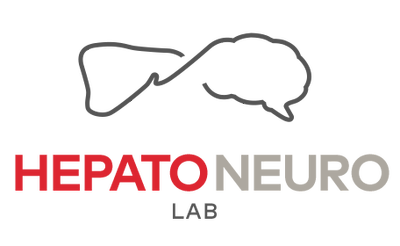Background: Chronic liver disease (cirrhosis; CLD) is characterized by numerous metabolic disturbances which lead to complications that impact the clinical outcome. Among these, loss of muscle, characterized by a deterioration of muscle quantity and quality, leads to a decrease in functional capacity, adversely affecting survival, quality of life and outcome following liver transplantation. Hyperammonemia is central in the development of hepatic encephalopathy, a major complication of cirrhosis. However, it is speculated the toxic effect of ammonia extends beyond the brain, possibly affecting muscle. Therefore, we hypothesized that lowering blood ammonia will attenuate muscle mass loss in cirrhotic rats. Ornithine phenylacetate (OP; OCR-002) was used to lower blood ammonia. Methods: We induced CLD in rats following 6-week bile-duct ligation (BDL). Four experimental groups were tested; 1) Sham; 2) BDL; 3) Sham + OP; 4) BDL + OP. One week following BDL, rats were orally administered (gavage) OP (1g/kg) daily for 5 weeks. Body weight, fat and lean mass (EchoMRI), blood ammonia, cerebral edema (specific gravity method), fractional synthesis of protein (FSR) in muscle (with D2O) and locomotor activity (day/night) were measured. Results: At the end of the 6-weeks experiment, BDL rats demonstrated a 4-fold increase in blood ammonia vs Sham-operated controls. This increase was reduced by 40% in OP-treated BDL rats. BDL rats gained less body weight compared to sham-operated controls (body weight of 360.2g 13.6 vs 476.8g 10.38; p<0.001) which was accompanied with a lower gain of lean mass and a lower muscle FSR. OP-treated BDL rats showed a significant increase in body weight (429.6g 117.9; p<0.001 vs BDL) with a significant higher lean mass (303.1g 10.7 in BDL+OP vs 264.4g 10.5 in BDL, p<0.01). Fat mass remained unchanged between the treated and untreated BDL groups. OP treatment normalized brain water content in BDL rats. In contrast, OP-treatment reduced muscle FSR in SHAM animals, but not in BDL rats. Locomotor activity in BDL rats was reduced compared with sham-operated controls but no significant change was found between BDL+OP and SHAM+OP. Conclusion: This is the first study demonstrating the efficient ammonia-lowering effect of an oral formulation of OP. Long-term treatment with OP is a safe, non-antibiotic alternative demonstrating a significant ammonia-lowering effect, as well as a protective effect on the development of brain edema and muscle mass loss in rats with CLD. Whether the effect of OP on muscle mass loss attenuation is a result of lowering blood ammonia or directly improves muscle metabolism remains to be established.

